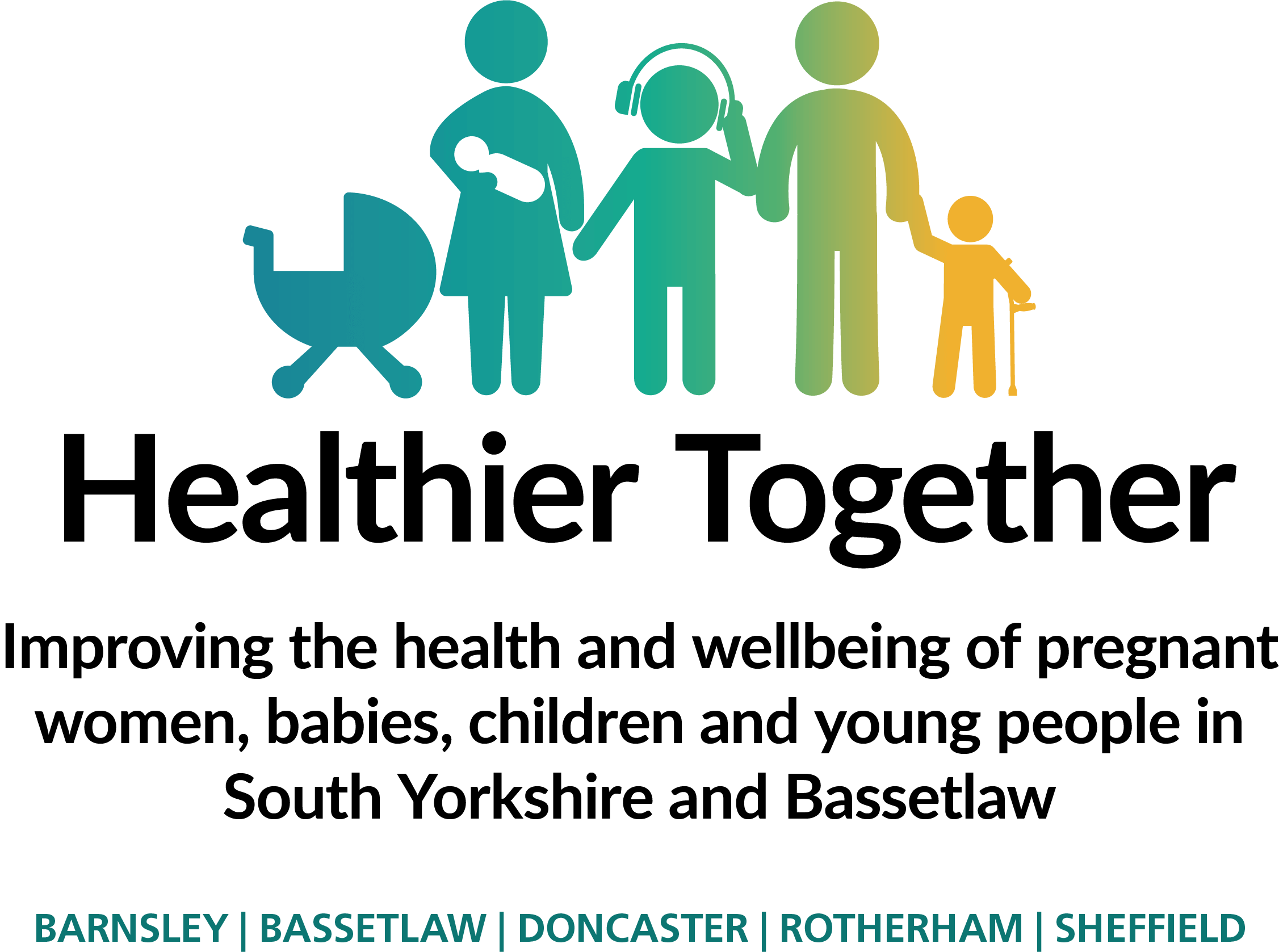Snoring itself is very common. It occurs in around 10% of children and not all children who snore have OSA. Things that can cause snoring include being overweight, floppy muscles and some medical conditions.
What is obstructive sleep apnoea?
Obstructive sleep apnoea or OSA is a type of sleep problem. It affects breathing during sleep.
All muscles relax during sleep. This includes the muscles around the throat and upper breathing tubes (airways). When this happens there is less air moving in and out of the airways. This can cause pauses in breathing. These pauses are called apnoeas.
What causes OSA?
OSA affects around 3% of children. Most common causes of OSA are big tonsils in the back of the throat or adenoids in the back of the nose.
Some problems make OSA more likely. These include conditions that increase floppiness of the throat and airway muscles. Examples of this are Down’s syndrome or being overweight. Hayfever or long-term allergies can increase obstruction inside the nose. Facial problems and muscle weakness diseases, such as cerebral palsy, can also cause OSA.
How do I know if my child has OSA?
OSA can be noticed if a child snores. Importantly snoring occurs together with pauses in breathing in OSA.
Children with OSA sleep poorly at night. They may be tired or irritable during the day. They can also have learning or behavioural problems.
Key signs and symptoms of OSA are:
During sleep at night:
- Loud snoring with pauses in breathing
- Choking, gasping or difficulty breathing
- Restless and unsettled
- Mouth breathing (instead of through their nose)
- Sleeping in unusual positions
- Excessive sweatiness
- Bedwetting
During the daytime:
- Difficulty waking up and feeling tired in the mornings
- Complaining of morning headache
- Tiredness and irritability
- Difficulty concentrating in school
- Behaviour and learning problems
- Blocked nose
When should I see my GP?
You should ask to see your GP if you think your child might have OSA. Your GP may refer your child to a specialist if they think there is a problem.
Any videos you have of your child during sleep can be very helpful.
What tests help to diagnose OSA?
An overnight oxygen saturation study (oximetry) may be done at home. This can help to see if a sleep study is needed. A sleep study can help diagnose OSA. This is usually done overnight in hospital and a parent can stay too. The sleep study measures carbon dioxide and oxygen levels, heart rate and muscle activity.
What is the treatment for OSA?
Treatment for OSA depends on the cause, children may need:
- Weight and dietary management
- Treat hayfever or allergies
- Operation on tonsils and/or adenoids
Where can I find out more information?
Pediatric Sleep Council, Baby Sleep: Developed for parents by sleep academics, with advice on a wide range of sleep problems for 0-3 year olds
Asthma + Lung UK Developed for people and parents of children with breathing problems including OSA
National Down Syndrome Society Resource developed for parents of children with Down’s syndrome
NHS Information about adenoidectomy and tonsillectomy




